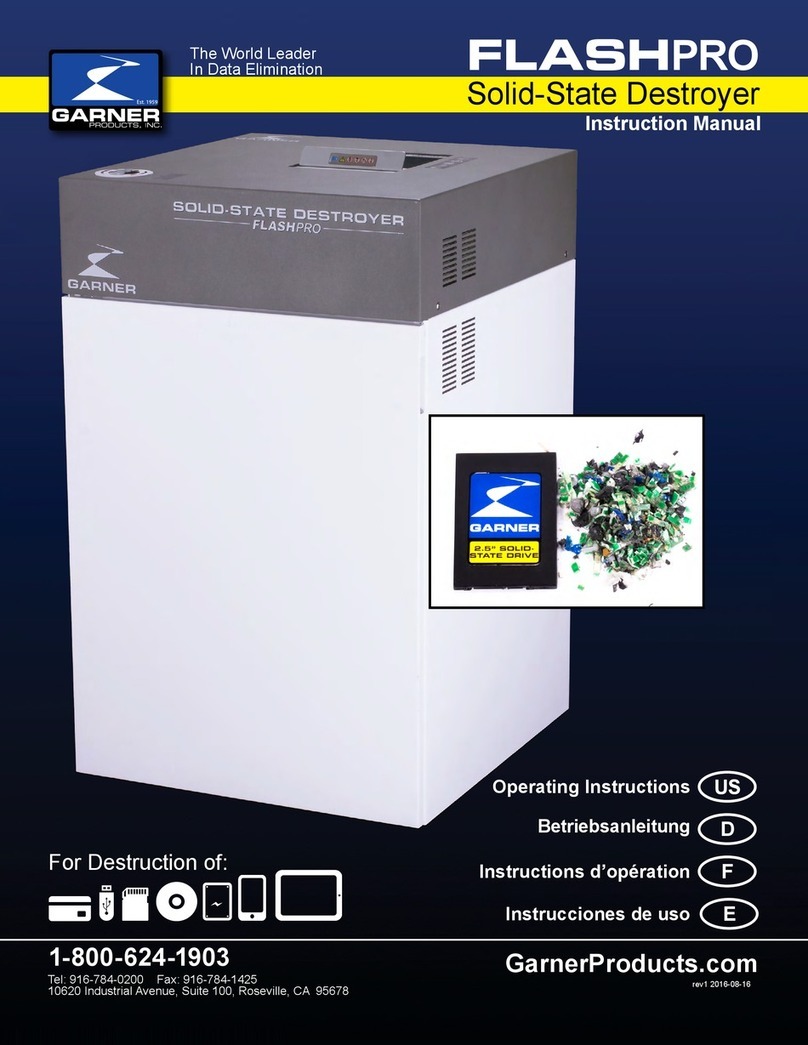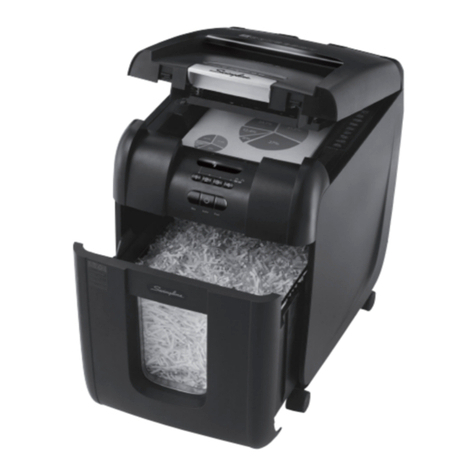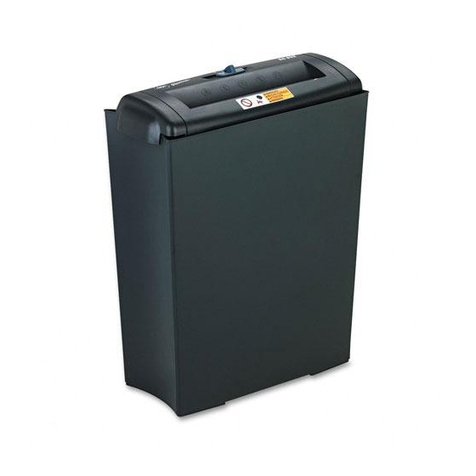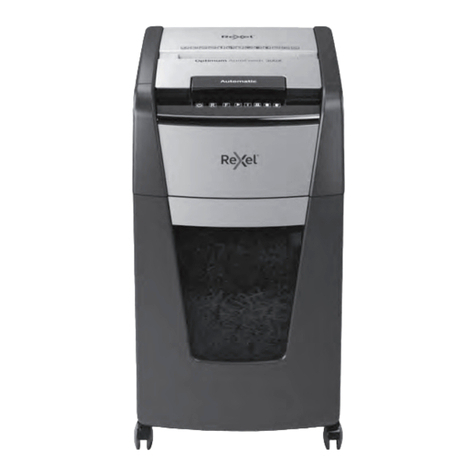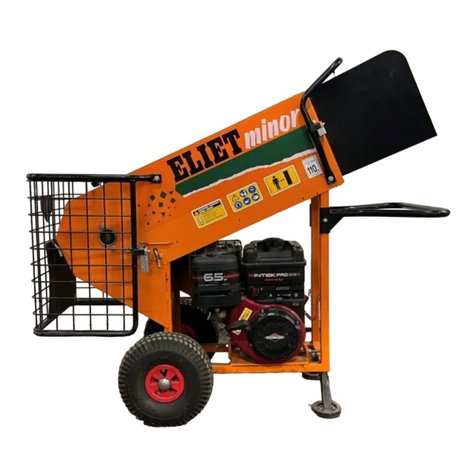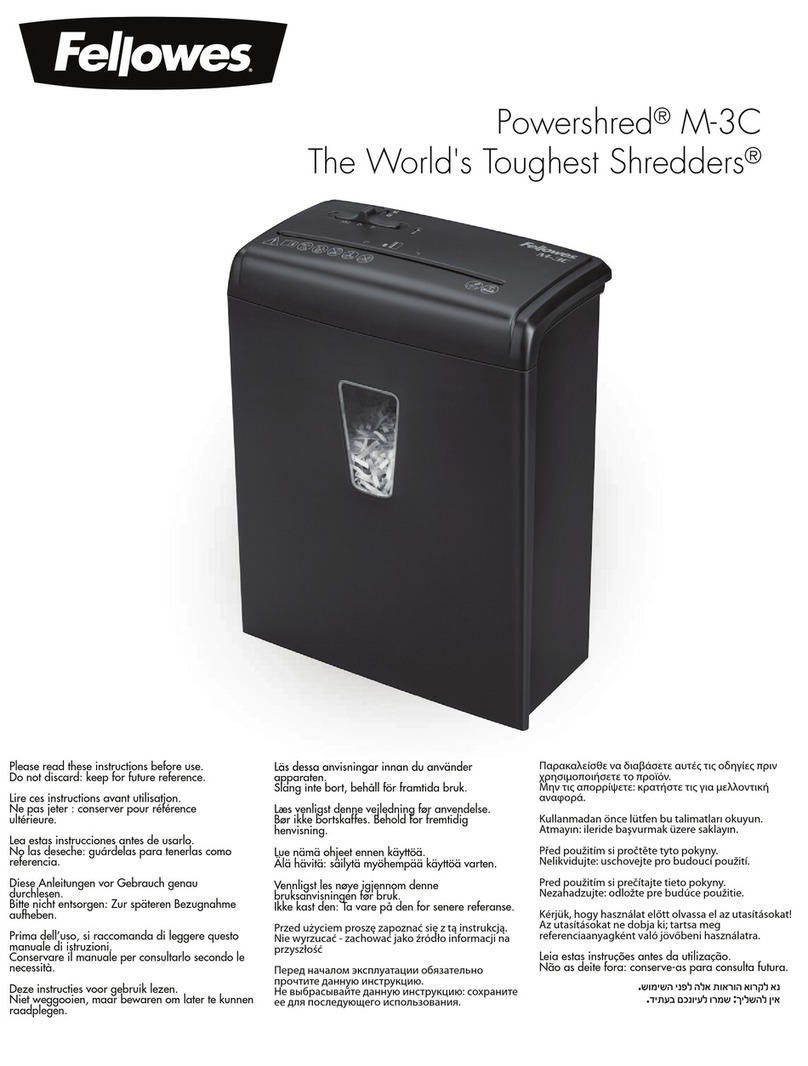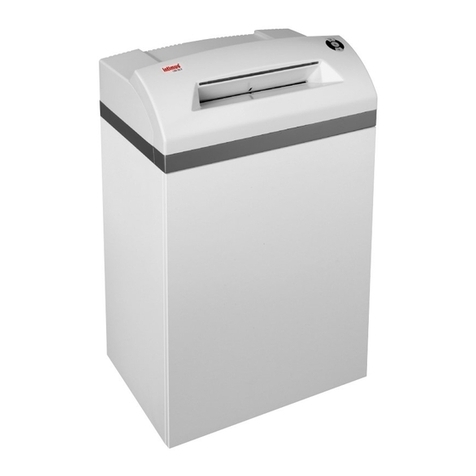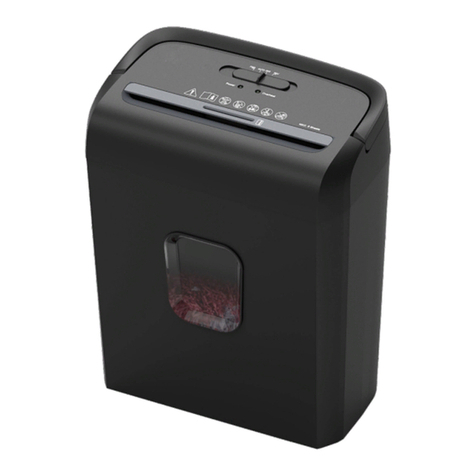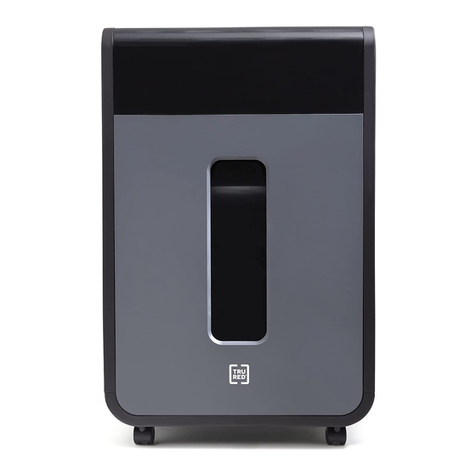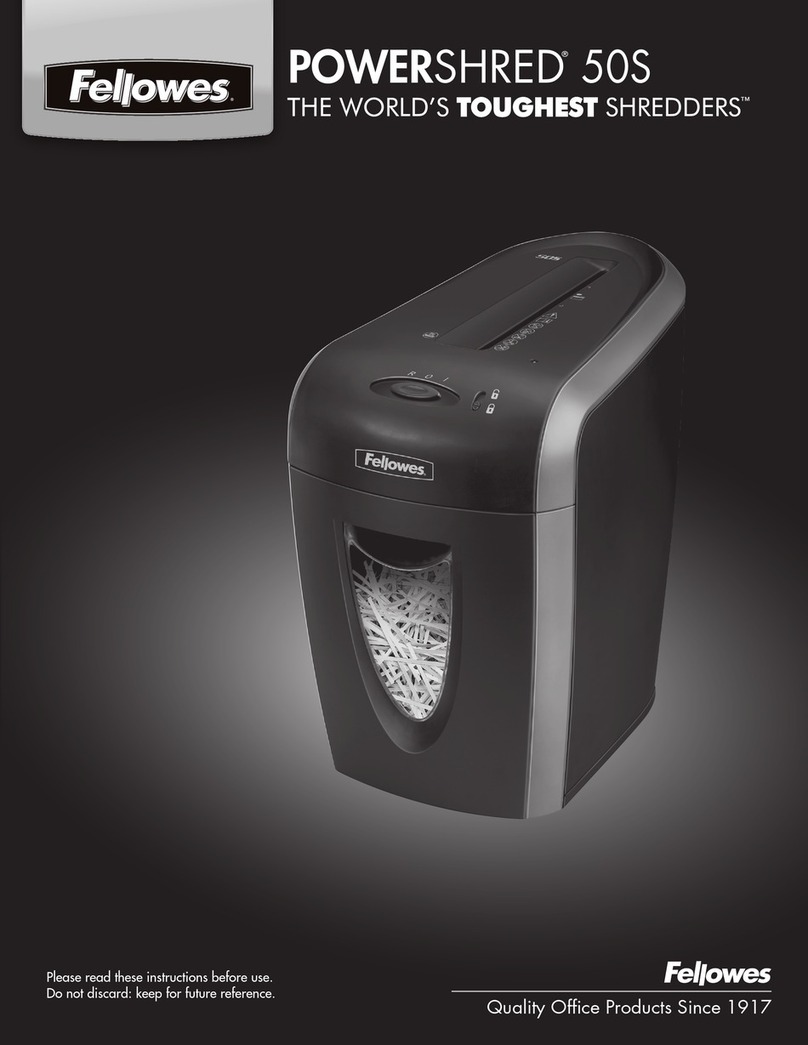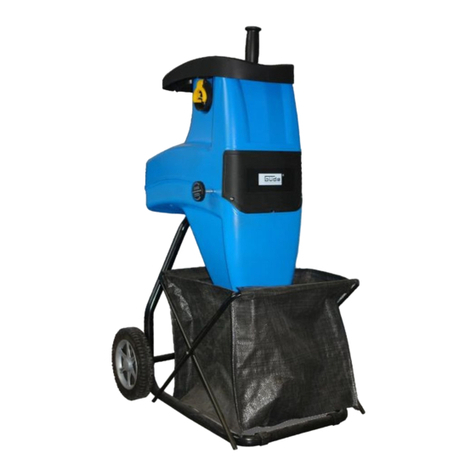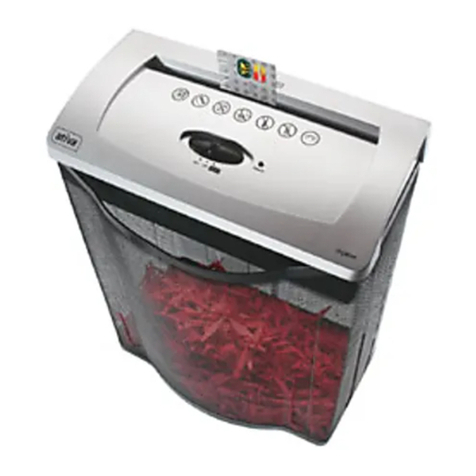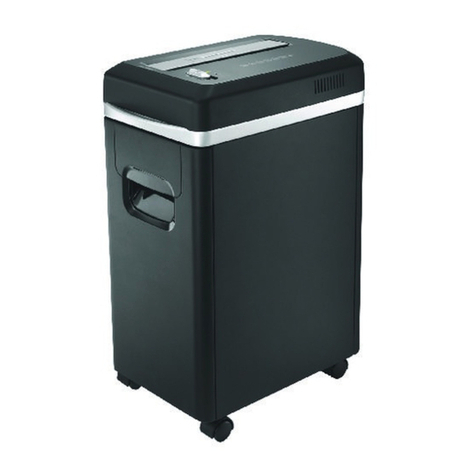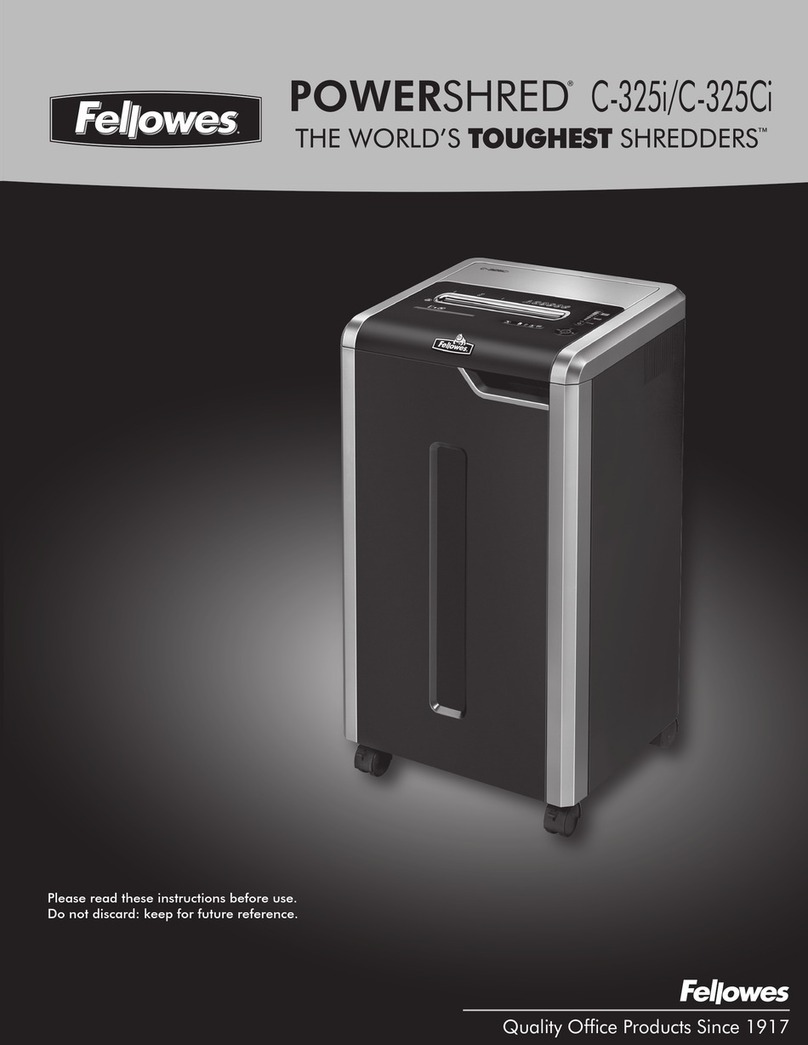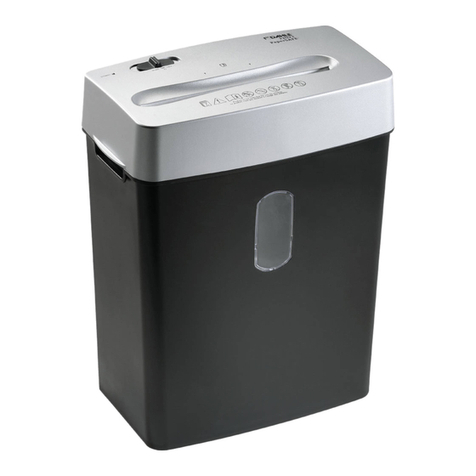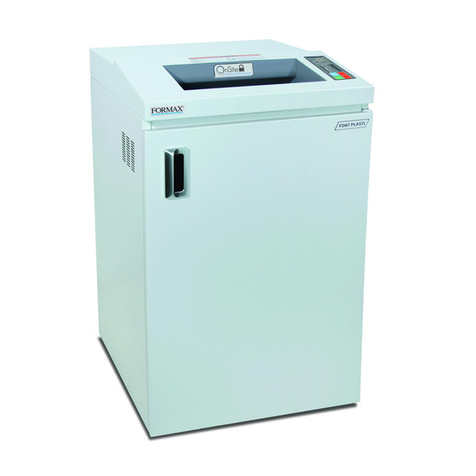
7
English
9.6.1 Before starting work.....................................................................................................................32
9.6.2 Feed speed regulation.................................................................................................................33
9.6.3 ABM system...................................................................................................................................34
9.6.4 Tips for correct use .....................................................................................................................34
9.7 Troubleshooting ....................................................................................................................................36
9.7.1 Engine failure .................................................................................................................................36
9.7.2 Engine losing power .....................................................................................................................38
9.7.3 Problem with the ABM system................................................................................................. 40
9.7.4 Blockage of the discharge system .............................................................................................41
9.7.5 Rotor stalls .....................................................................................................................................41
9.7.6 Moving the machine with a faulty engine ...............................................................................42
10 Transporting the machine .....................................................................................................43
11.Maintenance .............................................................................................................................44
11.1 General provisions................................................................................................................................ 44
11.2 Maintenance schedules...................................................................................................................... 45
11.2.1 Special maintenance.................................................................................................................... 45
11.2.2 Regular maintenance schedule ............................................................................................... 46
11.3 Cleaning the machine......................................................................................................................... 48
11.3.1 The importance of cleaning ....................................................................................................... 48
11.3.2 What is cleaning about ............................................................................................................. 49
11.3.3 Cleaning the cooling system..................................................................................................... 50
11.4 Engine maintenance........................................................................................................................... 50
11.4.1 Checking the oil level in the engine crankcase + refilling the engine oil ........................ 50
11.4.1.1 Checking the oil level ............................................................................................................ 50
11.4.1.2 Topping up the oil ...................................................................................................................51
11.4.2 Engine oil change.........................................................................................................................52
11.4.3 Changing the oil filter .................................................................................................................52
11.4.4 Cleaning the air filter..................................................................................................................53
11.4.5 Changing the air filter................................................................................................................ 54
11.4.6 Changing the fuel filter ............................................................................................................. 54
11.4.7 Checking and replacing spark plugs....................................................................................... 55
11.5 Maintenance of the machine............................................................................................................ 56
11.5.1 Routine check of the blades ...................................................................................................... 56
11.5.2 Sharpening the blades................................................................................................................57
11.5.3 Reversing and renewing the shredding knives .....................................................................59
11.5.3.1 To reverse a shredding knife, proceed as follows:..........................................................59
11.5.3.2 To replace a shredding knife, proceed as follows:.........................................................62
11.5.4 Adjusting the drive belt tension...............................................................................................63
11.5.5 Tightening the feed belt for correct tension........................................................................ 65
11.5.6 Tightening the discharge belt for correct tension.............................................................. 65
11.5.7 Adjusting the tension of the chain drives.............................................................................. 66

